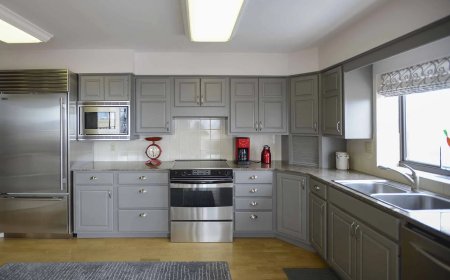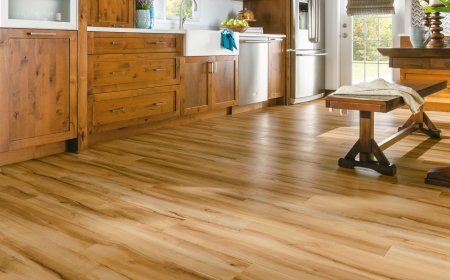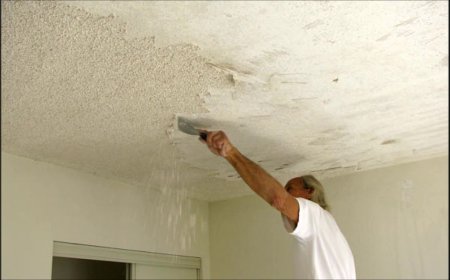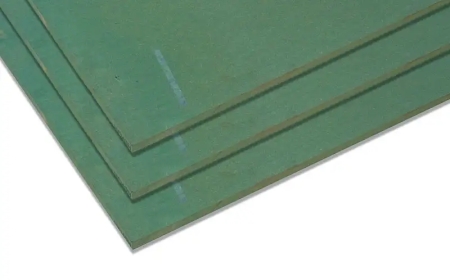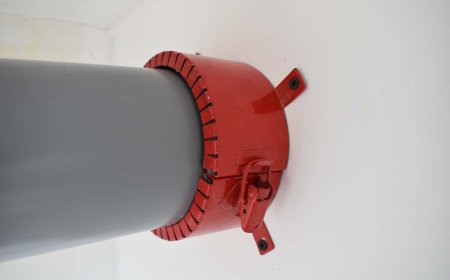How to Know If Your Walls Need Repair
Learn how to spot signs your walls need repair before painting. Get tips on prepping walls, drywall cracks, and indicators of damage to ensure a smooth paint job.

Before you grab that paint roller and start transforming your room, its important to make sure your walls are ready. A fresh coat of paint can make a world of difference, but its only as good as the surface beneath it. If your walls have damage, painting over it can make matters worse. So, how can you tell if your walls need repair before a fresh paint job? This blog will walk you through key signs your walls need repair, how to prep them properly, and ensure your paint job lasts longer. Lets dive into the world of wall damage indicators and prepping walls for painting.
Signs Your Walls Need Repair
Identifying signs that your walls need repair is the first step toward achieving a flawless finish. Here are some key things to look for:
Drywall Crack Signs: One of the most common issues homeowners face is cracks in the drywall. These cracks can occur for many reasons, including settling of the house or humidity changes. Small, hairline cracks can be patched up, but larger ones may require more attention and reinforcement.
Water Damage: If you've noticed any water stains or peeling paint, this is a clear sign that water has infiltrated your walls. Water damage can lead to mold growth, which must be addressed immediately before painting.
Holes and Dents: Small holes from nails or larger dents from accidents can compromise the look of your walls. Filling these imperfections before painting is essential to achieving a smooth finish.
Popping Nails or Fasteners: Over time, nails or screws holding the drywall in place can become loose and cause the drywall to shift. This can lead to noticeable bumps or divots on the wall surface. These need to be fixed before you start painting.
Wall Damage Indicators to Watch Out For
Look for the following wall damage indicators that suggest repair is needed before painting:
Bubbling or Peeling Paint: Bubbling or peeling paint is often a result of moisture trapped beneath the surface. This needs to be addressed first to avoid an uneven finish.
Mold and Mildew: Any signs of mold or mildew indicate that there has been water exposure. Moldy walls not only need to be cleaned and dried, but the source of the water must be fixed to prevent further damage.
Uneven Texture: If your walls have an uneven texture, such as patches that are rougher or smoother than the surrounding areas, these should be repaired to ensure the surface is even for painting.
How to Prepare Walls for Painting
Now that you know what to look for, heres how you can prep your walls for painting once you've spotted the damage:
1. Clean the Walls: Before repairing, clean the walls to remove any dust, dirt, or grease. A clean surface ensures that repairs will stick and the paint will adhere properly.
2. Fill Holes and Cracks: Use a patching compound or spackle to fill in any holes, dents, or cracks. Smooth the surface with a putty knife, and let it dry completely. For larger cracks, you may need to use joint compound to ensure a seamless surface.
3. Sand the Surface: Once the filler has dried, sand the repaired areas until smooth. Sanding is an essential step in ensuring that there are no bumps or uneven spots left behind after the repairs.
4. Prime the Walls: After repairs are done, apply a primer coat to seal the walls. Primer helps create a smooth surface for the paint and ensures better adhesion, especially in areas that have been patched or repaired.
5. Check for Moisture: If your walls have been affected by water damage, check for any residual moisture before applying paint. Painting over damp walls will only cause the paint to peel and deteriorate quickly.
Painting Over Damaged Walls: What You Should Know
While its tempting to just paint over damaged walls, doing so may cause more harm than good. Painting over damaged surfaces can make imperfections more visible and lead to peeling or cracking over time. Here's why you should avoid painting over damaged walls:
Paint wont adhere properly: Damaged areas like cracks or holes can prevent the paint from bonding well, leading to uneven coverage.
Damaged walls affect the finish: If the surface is not properly repaired, the paint will highlight any imperfections, making the walls look worse than before.
Water damage and mold: Painting over water-damaged areas without fixing the root cause can trap moisture underneath, resulting in mold growth and further deterioration of the wall surface.
Painting Preparation Tips for a Professional Finish
Achieving a professional-quality paint job starts with proper preparation. Here are some painting preparation tips to help you get the best results:
Use High-Quality Materials: Invest in good-quality primer, paint, and patching materials to ensure long-lasting results.
Test Paint Samples: Always test a small patch of paint before committing to the entire room. This allows you to see how the color and finish look on your repaired walls.
Work in Sections: When painting, work in small sections to ensure you dont miss any spots, and apply the paint evenly.
Dont Skip the Drying Time: Allow each layer of paint and primer to dry completely before adding another coat. This will ensure a smooth, flawless finish.
If you notice any of the signs walls need repair in your home, dont wait to fix them. Take action today by reaching out to us for professional wall repairs and painting services. Our team can help you prep your walls for a fresh paint job, ensuring that the final result is nothing short of perfection. Contact us now for expert advice and a free quote on your wall repair and painting needs.
Conclusion
Before you dive into your next painting project, be sure to inspect your walls for damage. Recognizing signs that walls need repairsuch as cracks, holes, water damage, and moldcan save you time, money, and frustration in the long run. By properly prepping your walls, youre setting the stage for a professional-looking paint job that will last. With the right care and attention, your homes walls will look as good as new, and your paint job will be the best it can be. Happy painting!



















